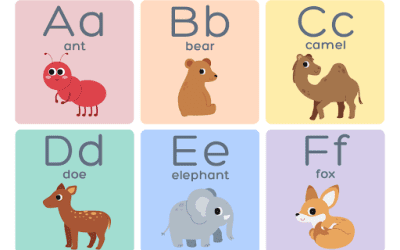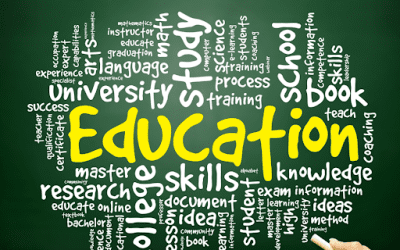What’s a Machine Translation, Anyway?
Obviously, Google Translate and other machine translation services are great when you’re traveling and need to communicate quickly. The automated software allows you to translate speech or the written word without any human involvement. Therefore, publishers looking to expand into the global market may be tempted by the speed and cost-effectiveness machine translation offers. However, there are compelling reasons for publishers to avoid using machine translation with their curricular materials.
Why Should Publishers Pay More for Human Translation?
1. Human Translations Keep the Context Intact
When using human translations versus machine translations, the text stays in the intended context. A machine translator will get the basics right. But it will not keep the voice and personality of the author. Besides that, they will understand how to localize the vocabulary to make sure that the correct context is easily inferred. Professional translators convey the subtleties of the content that connects with the targeted audience.
2. Machine Translations Drop the Nuances
Machines strip away the nuance and details that connect readers to the content. For example, the Inuit culture has many different words for the many different types of snow. English puts them all in one basket, relying on the context to do the rest. When translating from one language to another, human translators know which word for snow to use. Machine translators will simply choose the most common one, even if it’s not the most accurate. Human transadaptation services offer audiences text nuances.
3. Human Translations Consider Sensitivity and Culture
Machine services do not understand cultural sensitivity issues. Machine learning cannot adequately understand what it is like to be a person of that culture or what is appropriate within a particular culture. In the K-12 context, this issue can leave out a lot of content. When writing for children, especially, localization and cultural relevance are especially important. Thus human translators who have lived in, or do live in, the relevant area will help make things clearer for young learners.
4. Machine Translations Can’t Promote Your Brand
Human translators can catch the brand’s tone and weave in the cultural aspects of the target market. Machine translations will not capture the voice of a company’s brand, nor will they be able to fit the voice into the culture. Also, selling products across a global stage asks for human intervention to ensure the product does not offend cultural norms. Human transadaptation services know how to connect with the readers in their community.
5. Human Translators Can Do More Than Translate
Machines cannot examine the source text and determine if it is appropriate for the grade level and align it to the curriculum taught in the culture. Machine translation services cannot scan accompanying photos to determine if they are appropriate or not. Professional translators perform these services and more. Human translators can create work across the entire product suite, ensuring consistency. Human translators align the products from the instructor guide to the textbook to the student workbook.
Publishers Should Choose Human Translation Services
In sum, professional human translation services consider the context, integrate cultural and sensitivity differences, and understand the nuances. They can consider the voice of the publisher’s brand, the intent of the piece and the overall message publishers want to convey.




